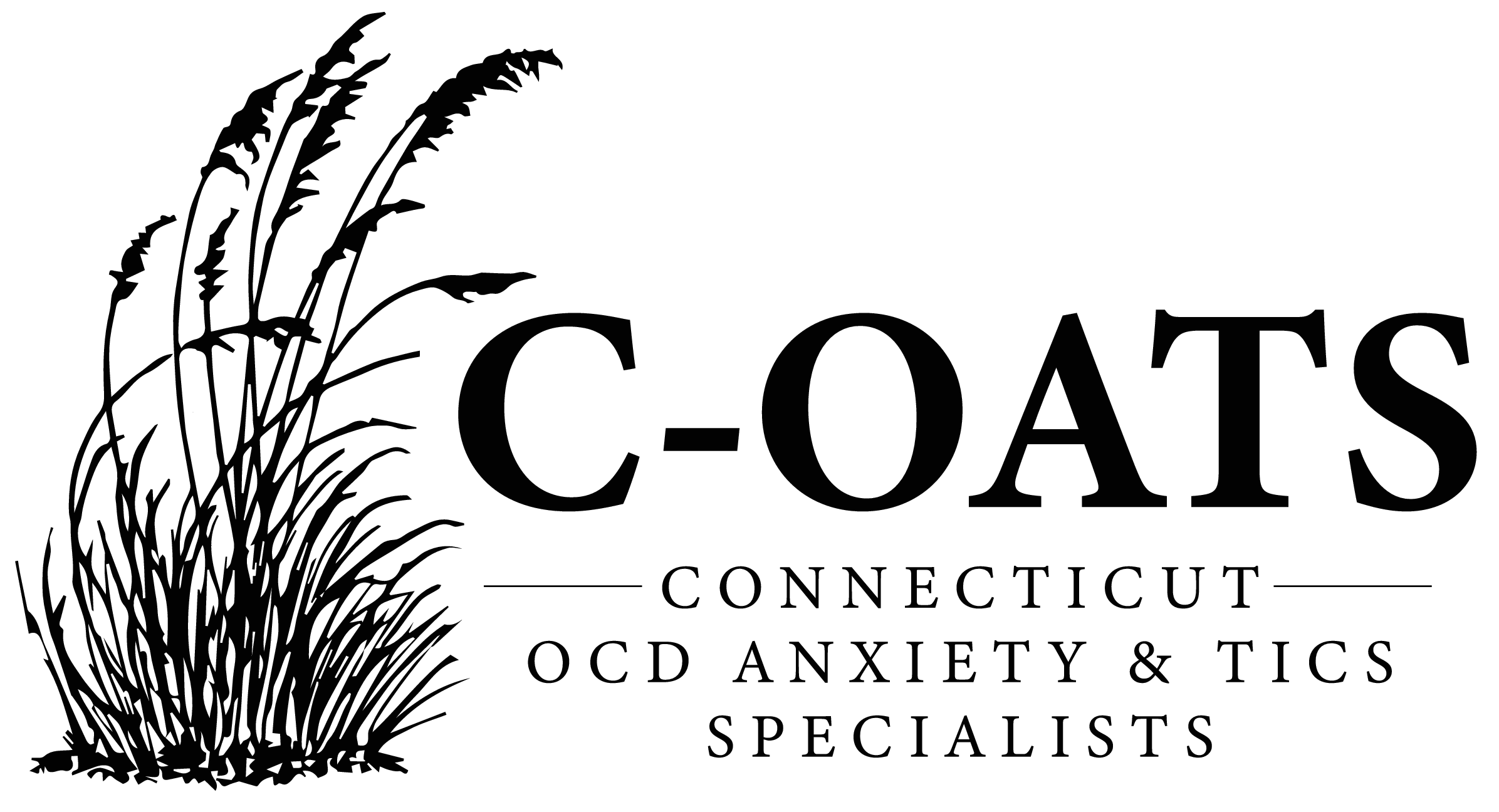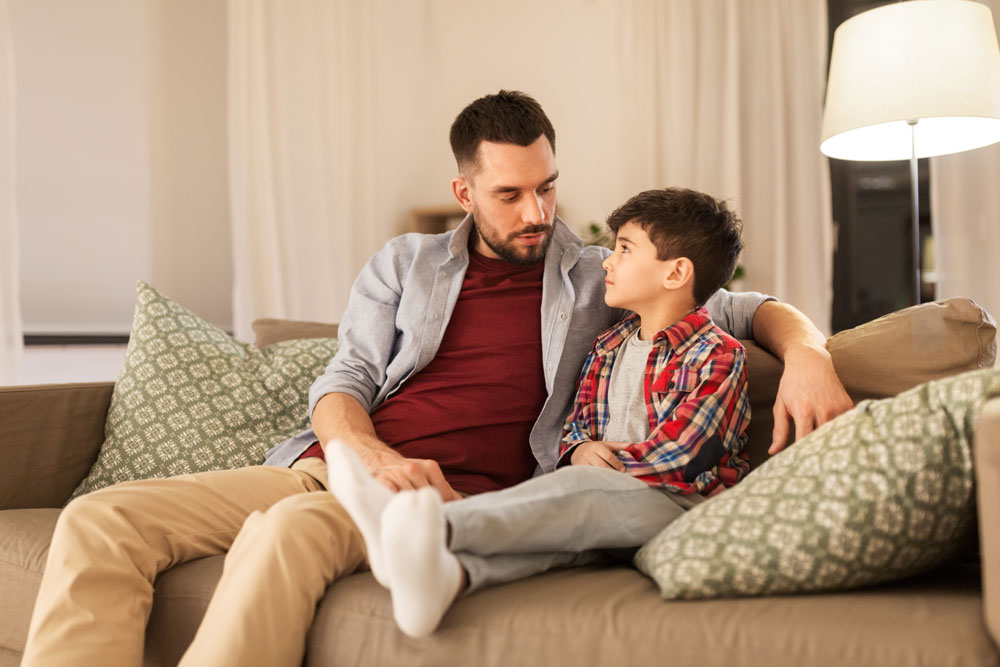Unlike many people from my generation, topics of race were very much present and discussed in my household. Racial injustice and inequity were things my parents talked about frequently in our home, and from an early age, compassion and empathy were ingrained in me. Not only was my only sister adopted from South Korea, but at different points in my childhood, both my parents held educator positions at the local residential facility whose primary occupants were black adolescents from either Minneapolis or Chicago.
I can fully attest how this open dialogue helped shape my attitudes and openness about race, but I know that the same did not hold true for many of my peers. Because we grew up in a predominantly white rural small town in the Midwest, I know that for many families, race fell into the “uncomfortable” category like politics and religion. It was easy enough for so many of my white counterparts to move throughout life, never having to give much thought to racial matters.
This bubble of privilege shielded so many, and has surely contributed to the biases, insensitivities, and complacency of today. We are, however, at a crucial point in our country where the topic of racial injustice is something we as parents can no longer stay quiet about. As our kids’ most impactful source of values, guidance, and education, household conversations about race are absolutely crucial if real change is to come. While there are obvious systemic changes that must happen in our country, it is equally as important for white parents especially to engage in meaningful dialogue about race with our children.
I’m not blind to the fact that I was born into “white privilege,” however I think this terminology may confuse some. I often hear white people from my home state of Wisconsin say, I’m not any more privileged, I make minimum wage. White privilege does not deny that life as a white person may be hard, but skin color has not made life harder.
White privilege allows me to get pulled over for speeding on the highway without fear for my life. White privilege means that I could run through my predominantly white neighborhood in Baltimore at night or now here in Connecticut without an ID. I’ve experienced challenges throughout my life, however my race has never been one of them.
Being white gives me the choice of being how empathetic and compassionate I want to be. I have the option of staying content in the current racial climate. I can make the decision to stay quiet OR use my privilege and platform as a child therapist to stand up for people whose voices have been stifled for too long.
Now, as a father, it is my responsibility to help change the conversation by talking to my school-aged children early and often. As a child psychologist, if parents want to positively impact the racial climate of our country, it is my responsibility to urge them to embrace these discussions in their households as well.
Particularly for white parents, we can no longer take the same silent approach many of us grew up with.
It’s likely that due to the recent news of police brutality and nationwide protests, if you’re not having these talks with your children, they will seek information out on their own, or worse, rely on others to help form their opinions. As parents, if we want to contribute to more a racially conscious and sensitive country, we must be proactive and create a culture in our households that understands and embraces what it means to be anti-racist.
To do so, we must help navigate for our children what it means to have privilege and how meaningful change is not just limited to conversation, but should also include action. I realize as a child therapist that these conversations may be hard and uncomfortable, but they couldn’t be more necessary and overdue. Your ability to speak about race will lay the foundation for raising anti-racist children, further combating the systematic racism that pervades our country.
WHY THESE CONVERSATIONS MUST START EARLY.
Research shows that babies as early as six months old start noticing racial differences, and by age four can show signs of racial bias. By 12, many children already have their belief system set. I think you can be age appropriate with the content, but it’s never too early for parents to shape the process for education, acceptance, and compassion as it pertains to race.
“If you are sincere in a desire to build anti-racism into your kid’s values, you start as early as possible,” says Tara Brancato, Anti-Racism Project facilitator. “The same way you wouldn’t say you value teaching your kids to be honest and then have your first conversation about honesty when your child approaches puberty, you don’t delay conversations about race and privilege if you want your kids to grow up anti-racist.”
I was fortunate that my parents engaged my siblings and I in these thought-provoking discussions early on, but I recognize that it’s not the case for many. Unlike parents of color who have no choice but to engage in difficult conversations about race when their children are young, for white parents this means being honest about privilege.
As both a child therapist and father, here are my tips for how you can talk to your children about race.
CHECK INTO YOUR OWN RELATIONSHIP WITH RACE.
Even the most racially conscious people can be subject to implicit bias, which refers to “the attitudes or stereotypes that affect our understanding, actions, and decisions in an unconscious manner. They cause us to have feelings and attitudes about other people based on characteristics such as race, ethnicity, age, and appearance.” (Kirwan Institute, 2015).
Social psychologist, Anthony Greenwald of the University of Washington, conducted extensive research on implicit bias, and found that even when we think we’re not biased, people have deep-seated attitudes, which influence the way we act toward each other, often with unintended discriminatory consequences. Through his testing, one of the things he found is that people have shorter response times attributing black faces to “bad” than white faces, suggesting an implicit bias that white is good and black is bad. The implications on so many aspects of life, most notably on law enforcement, are endless.
Because implicit bias happens over the course of a lifetime starting at an early age through exposure to life experiences, the media, and so forth, it’s up to each of us to personally engage in ongoing education about race and racism.
It’s acknowledging that these beliefs have mounted over a lifetime, but taking time and effort to work through them. The more aware you are of the ways in which your beliefs are shaped by your biases, the more effective you will be at imparting positive and productive thoughts to your children.
As part of facing your own biases, be honest with your children about moments you’ve held biases, racial or otherwise, and what you are doing/will do, to overcome them. Letting your child see your desire to spark change will only confirm that with acknowledgement, effort, and education, we all have the ability to improve.
Having BIPOC friends will also make a difference for both you and your children. In doing so, it teaches your children firsthand how valuable it is for your entire family to embrace relationships with those from different races and backgrounds. We can only truly learn and understand when we surround ourselves with those most affected.
TEACH YOUR KIDS TO SEE COLOR.
I often hear people say, “I teach my kids not to see color.” While in theory, being colorblind sounds wonderful, it’s unrealistic. By telling your child to look past a person’s color, we are actually dismissing the struggles BIPOC face.
According to Pew Research Center, one in 10 children is multiracial — this includes children with parents of two different races, plus those with at least one multiracial parent. That said, your child will be exposed to people of other races, so rather than avoiding these discussions or their observations, let him/her know at a young age that it’s perfectly ok to notice and talk about skin color and race. Use these opportunities to talk about differences and acceptance. Answer any questions they might have about race, ethnicity, or culture. The more open you are, the more comfortable they will feel.
Additionally, to fight systematic racism, experts say that it’s especially important for white children to see black and brown children in a positive light. You can do this by exposing your kids to people of other races through books, toys, movies, and television shows at an early age. The more exposure your child has to those that look differently than him/her, you are sending messages of acceptance and inclusion.
In teaching your kids to see color, you’re making these conversations easier to have while building empathy and compassion, two very vital components in raising anti-racist children.
DEVELOP RACIAL & CULTURAL LITERACY IN YOUR HOUSEHOLD.
A big part of the communication you have with your children about race will take shape by creating a household culture that embraces and celebrates race. Help your children develop racial literacy by learning about and respecting others.
Thankfully, there are now many resources available to help with this conversation.
Use children’s books early and as often as possible as a way of acknowledging race and racism. Regardless of age, books will serve as effective and engaging tools on a variety of critical topics. Click here for a list of books curated by critical literacy organizations, The Conscious Kid and American Indians in Children’s Literature.
Additionally, I encourage you to expose your child to direct opportunities to experience other races and cultures through films, documentaries, websites, cultural events, toys, and more. Common Sense Media has a list of movies, television shows, and more that will provide your children with an array of options with positive BIPOC characters.
Learn more together and then use these moments to engage in meaningful family discussions around race and culture.
YOUR CHILDREN WILL SEE AND HEAR YOUR SILENCE.
Desmond Tutu said, “If you are neutral in situations of injustice, you have chosen the side of the oppressor.”
You are your child’s first and biggest role model. What you say, and more importantly what you do as it pertains to race will have a tremendous impact.
I’m not suggesting to move to another town that is more diverse or befriend any person of color you encounter, but by being active, mindful, and embracing an anti-racist life, you are setting an example through leading by example. You can’t expect your child to follow suit without you doing the same.
This means…
- Be active – don’t be a “bystander” on race.
- Discuss what it means to be an agent of change and how your child can proactively combat racism.
- Develop meaningful relationships with a diverse group of people.
- Participate in forms of activism, whether it means protesting, campaigning for particular candidates, sending emails or calling government officials, etc.
- Speak up if you witness racism or someone being mistreated.
- Get comfortable being uncomfortable.
- Listen and learn from the experiences and perspectives of black and brown people.
Most importantly, this means being honest with your children about white privilege and how not speaking up against the status quo is being complicit to inequity and racial injustice. By engaging our kids in these discussions we are equipping them to lend support and stand in solidarity with the same black and brown people we encourage them to embrace.
ENGAGE IN THIS DIALOGUE REGULARLY.
Consistency is key, so plan for a marathon, not a sprint. This will not be a one-time conversation that you never broach again, so make talks about race routine with your children.
Particularly with older children and teens, discuss current news, events, and disparities as they pertain to race. No matter how uncomfortable, share stories, videos, and articles with them, and encourage them to ask questions, share observations, and be respectfully curious about race.
You don’t have to be an expert. Be honest if you don’t know the answers. If anything, seek them out together, but remember that simply taking the time to engage with them will create a narrative and culture of understanding and acceptance in your household.
For example, if your child notices that there are no people of color in a movie you’re watching together, ask him/her how it could be more inclusive.
Developing an anti-racist mindset in your children starts with thought-provoking dialogue and discussion in everyday situations, all of which starts with you.
THE WORST CONVERSATION IS THE ONE NOT HAD.
Particularly for white parents, if you’re looking for a way to really dig into the conversation about the racial injustice in our country, show your child the Central Park video of Amy Cooper. Don’t be surprised by what your child may already know, doesn’t know, and most importantly, what you need to share.
While studies confirm that it’s never too early to talk to your child about race, the part where we often fall short is recognizing and combating patterns of white silence, and acknowledging the very different realities for black and white people in America. As a child therapist, father, and human being, I believe that true change cannot happen until we commit doing our part to teaching and talking to our children.
Nelson Mandela said, “No one is born hating another person because of the color of his skin, or his background, or his religion. People must learn to hate, and if they can learn to hate, they can be taught to love, for love comes more naturally to the human heart.”
Like most real and substantive issues, these conversations may be heavy and uncomfortable, but I’ve learned that the worst conversations about race are the ones not had at all.
Parent to parent, I encourage you to take time for self-reflection because it’s only when we understand our own biases can we fully pass on values of empathy, compassion, and inclusion to our children. It starts with you.




Comments
0 Comments